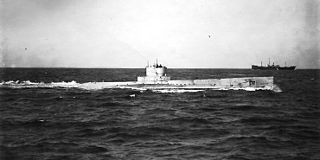
USS R-14 (SS-91) was an R-class coastal and harbor defense submarine of the United States Navy.

USS Gato (SS-212) was the lead ship of her class of submarine in the United States Navy. She was the first Navy ship named for the common name used for a number of species of catshark. She was commissioned only days after the declaration of war and made thirteen combat patrols during World War II. She survived the war and spent the post-war period as a training ship before being sold for scrapping in 1960.
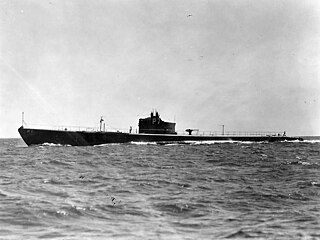
USS Permit (SS-178), a Porpoise-class submarine, was the first ship of the United States Navy to be named for the permit.
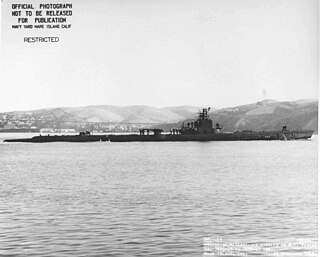
USS Gar (SS-206) was the first of the Gar subclass of the Tambor-class submarines to be commissioned for the United States Navy just prior to the country's 7 December 1941 entry into World War II. These submarines were a slightly improved version of preceding submarines of the Tambor class. While Gar survived the war, all of her sister ships — USS Grampus (SS-207), 'USS Grayback (SS-208), USS Grayling (SS-209), USS Grenadier (SS-210), and USS Gudgeon (SS-211) — were lost. She is the only ship of the United States Navy to be named for the gar, a fish of the family Lepisosteidae.

USS Greenling (SS-213), a Gato-class submarine, was the first ship of the United States Navy to be named for the greenling.

USS Rock (SS/SSR/AGSS-274), a Gato-class submarine, was a ship of the United States Navy to be named for the rockfish, a striped bass found in the Chesapeake Bay region and elsewhere along the United States East Coast.

USS Howard (DD–179), (DMS-7) was a Wickes-class destroyer in the United States Navy during World War II. She was named for Charles W. Howard, who was killed in the American Civil War aboard USS New Ironsides.
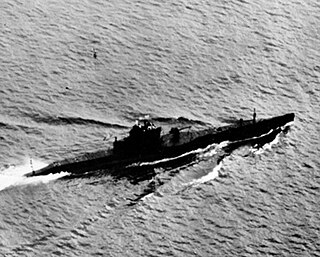
USS S-31 (SS-136) was a first-group S-class submarine of the United States Navy.

USS S-33 (SS-138) was a first-group S-class submarine of the United States Navy.

USS S-11 (SS-116) was a second-group S-class submarine of the United States Navy.

USS S-13 (SS-118) was a second-group S-class submarine of the United States Navy.
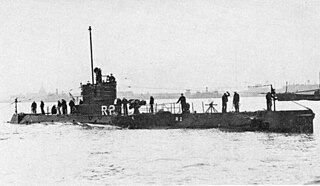
USS R-2 (SS-79) was an R-class coastal and harbor defense submarine of the United States Navy.

USS R-5 (SS-82) was an R-class coastal and harbor defense submarine of the United States Navy.

USS R-7 (SS-84) was an R-class coastal and harbor defense submarine of the United States Navy.

USS R-6 (SS-83) was an R-class coastal and harbor defense submarine of the United States Navy.

USS R-9 (SS-86) was an R-class coastal and harbor defense submarine of the United States Navy.
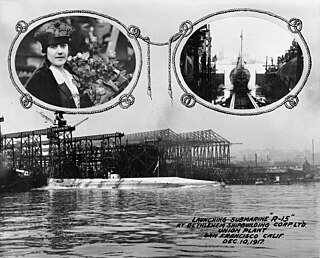
USS R-15 (SS-92) was an R-class coastal and harbor defense submarine of the United States Navy.

USS R-17 (SS-94) was an R-class coastal and harbor defense submarine of the United States Navy.
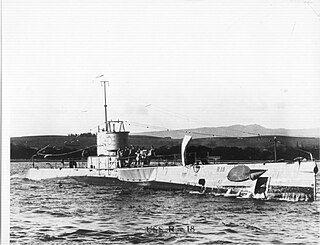
USS R-18 (SS-95) was an R-class coastal and harbor defense submarine of the United States Navy.

USS Bulmer (DD-222/AG-86) was a Clemson-class destroyer in the United States Navy during World War II. It was the last warship of the Asiatic Fleet in USN commission.




















